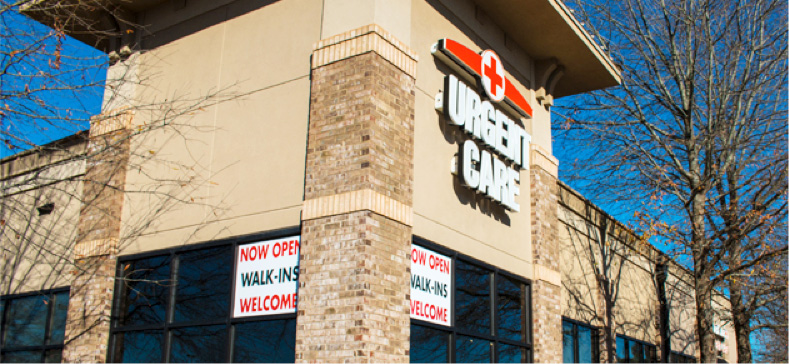Healthcare Providers May be a Perfect Fit for Vacant Big Boxes
Typically, in retail we think of visiting sports stores but maybe now will be for sports injuries. Unused retail spaces are getting a second look and second life as healthcare delivery locations. Today there are hundreds of dead malls or retail sites, but they may be untapped resources. They were developed to have excellent vehicular access, but usually never came close to realizing the floor area potential to match the access potential.
Many Big box retailers have shuttered locations across the nation in recent years, and potentially more to come. In several markets Landlords have looked to healthcare for a response converting retail locations into medical offices and healthcare hubs. The retail lesson of understanding their consumer’s demographic and psychographic make-up applies to healthcare too.
Thinking more like a retailer means asking rudimentary questions about who providers are ‘selling’ to and the best way for consumers to engage with them.
One popular retail medical tenant is the urgent care center. Research shows that millennials use retail clinics and urgent care more than other generations. This age group between 18 and 33 –make up a third of patients at retail clinics and a quarter at urgent care centers, according to a recent consumer survey by PNC Healthcare. That’s twice the number of baby boomer patients, at 17% and 14% respectively, and seniors, at 15% and 11% respectively.
Many millennials don’t have a strongly established primary care physician, so they’re looking for a more convenient alternative. However, they do have high expectations – in this case convenience and immediate responsiveness.
Some medical tenants are seeking creative opportunities to expand. Take Nashville for example – It has been lauded for it’s 100 Oaks property that features Vanderbilt University as a main tenant. The owner’s initial brainstorm for tenants and renovation options at on old retail center led to an entire site master planning overhaul that landed the University’s medical center in a conversion of 450,000 SF into a medical friendly campus. For Vanderbilt a win in its goal to reach the community and make services more accessible.
Previously, all the outpatient clinics in their medical center located on their main hospital campus, which is an extremely dense, crowded area near midtown Nashville. They needed to work on a plan for growth and development that allowed for more space.
In the Midwest Ohio State University’s 30,000 Square foot CarePoint facility is located within a Kroger anchored center. In Skokie, IL, Advocate Health Care converted former Sports Authority into a new medical office center serving Chicago’s Lakeview neighborhood.
Advocate was familiar to most local residents and now has a long-term lease for and commitment the community with 40,400 square feet and a two-story parking facility for 115 vehicles. This new location for Advocate will house clinical and ancillary operations including internal medicine, cardiology, cardiac testing, obstetrics, endocrinology, neurology, x-ray and laboratory services.
Other deals noted in Chicago include Northshore University Health System, for example, agreed to take over approximately 35,000 square feet of space at Lincolnshire Commons previously occupied by Barnes & Noble.
Trends are driving Practices and owners alike to think outside usual boxes.
JLL Healthcare actively supports medical practices and systems address the complex needs of medical office planning and strategy.
Landlords obtain a well-established healthcare provider with investment-grade credit, a status many retailers can’t meet. Large deals like this are possible as many healthcare providers have deep pockets, an important consideration when renting out a newly-vacant big box space.
Source: Brian J. Rogal is a Chicago-based freelance writer. JLL.

